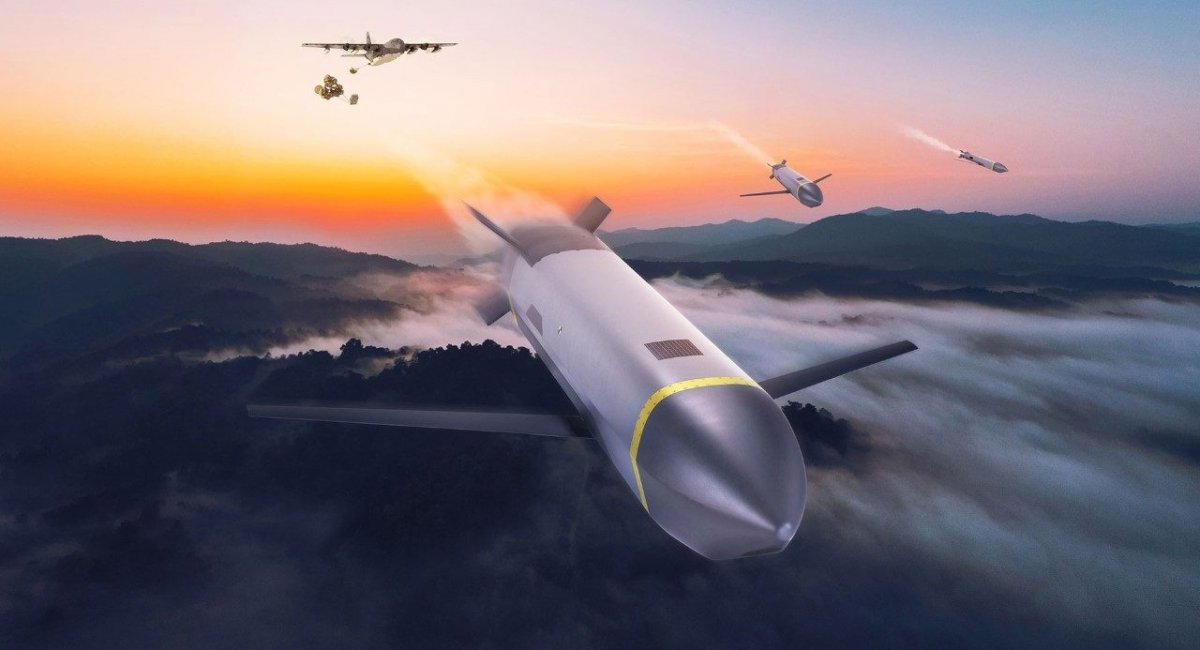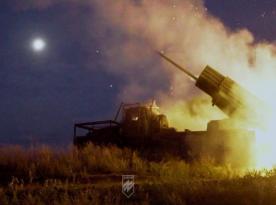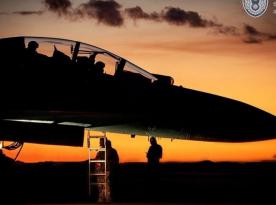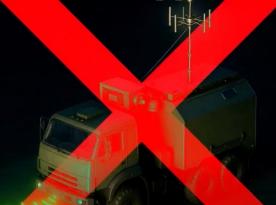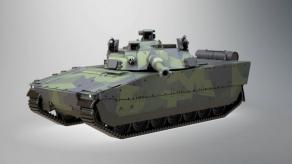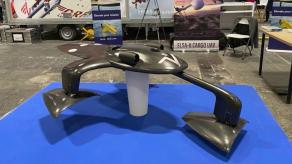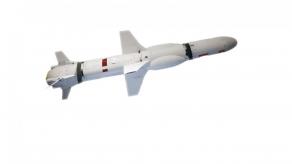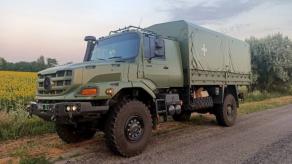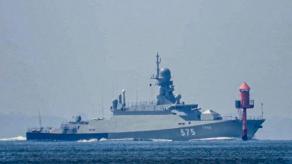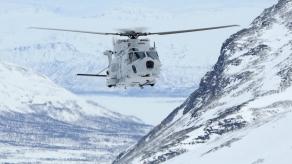After Volodymyr Zelenskyy said that, following his meeting with Donald Trump, Ukraine might receive "something more" for strikes on russian territory, the obvious question is what that phrase could mean. His remark came during a press conference with Danish Prime Minister Mette Frederiksen.
The context implies reference to systems with ranges well beyond 500 km (by contrast, the ERAM purchase — a $825 million deal for missiles with a 400 km range — falls into a different category).
Read more: Barracuda Cruise Missile from U.S. Instead of/Together With Tomahawk for Ukraine: To Be or Not To Be
These transfers are unlikely to be delivered as direct US aid. With high probability the PURL mechanism would be used — under which European NATO partners and Canada procure weapons in the US on an approved basis. That channel proved discreet and fast, but it makes price per round a critical factor.
Tomahawk
The Tomahawk is the headline option: a long-range cruise missile with a range of about 1,600 km and a warhead of roughly 450 kg. The US currently has surplus land-based launchers for Tomahawks.
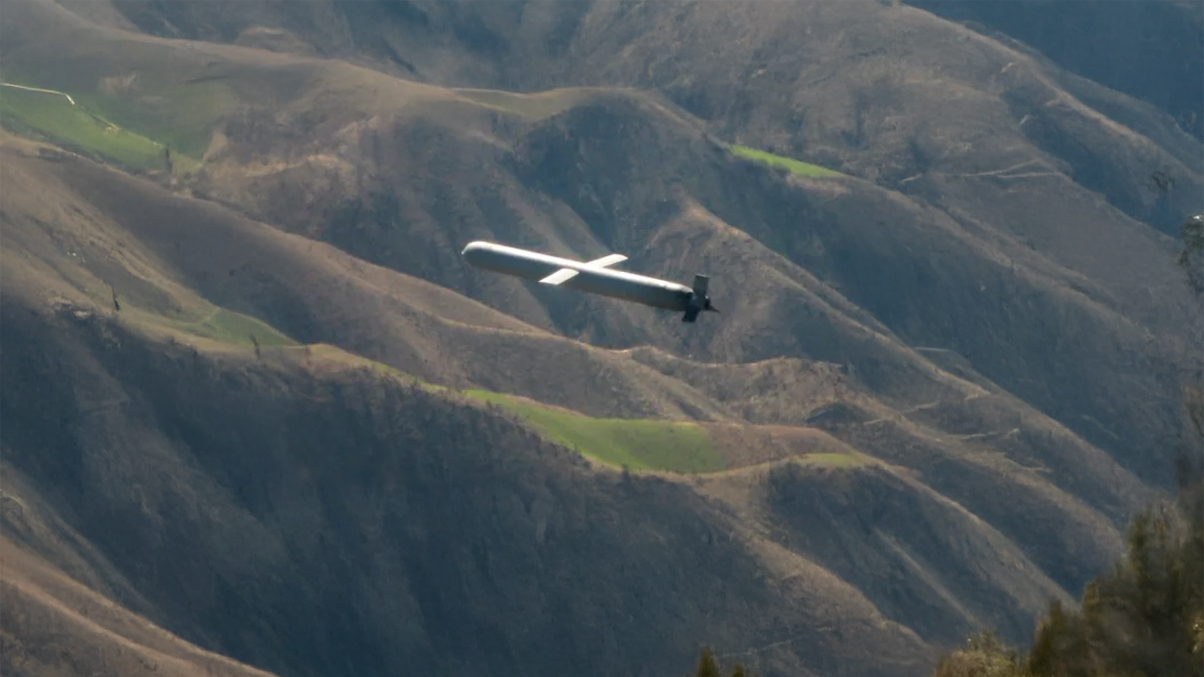
Tomahawks are expensive and not mass-produced. An indicative European price — based on Netherlands' procurement approval — is about $12.5 million per missile. At that price, a $500 million PURL contribution would buy only ~40 Tomahawks.
Prices vary by customer. In the Indo-Pacific, allied purchasers have reportedly paid less: Japan ordered Tomahawks at about $4.25 million each. At that rate, $500 million could buy roughly 117 missiles — still a limited stock.
Barracuda and CMMT
Western outlets have recently highlighted the compact Barracuda family. The most capable variant, Barracuda-500, reportedly offers about 900 km range with a ~45 kg warhead.
The US is investing heavily in such small, long-range strike munitions for the vast Pacific theater; their utility in the European theater is more debatable.
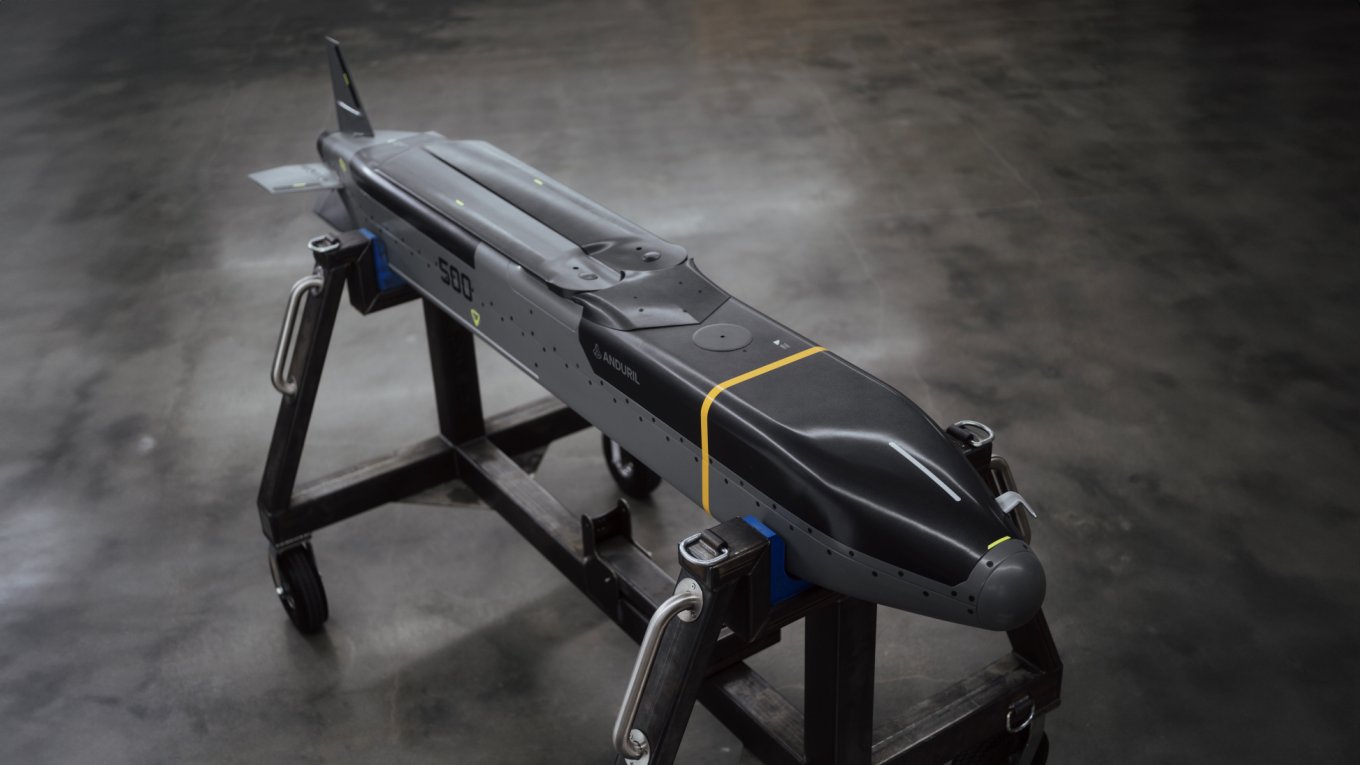
An alternative is Lockheed Martin's CMMT family (air-launched): ranges up to 800 km (CMMT-D) and 650 km (CMMT-X). Warhead weights are not publicly confirmed, but are unlikely to differ dramatically from Barracuda's.
Crucially, Lockheed markets cost as a major advantage: a unit price of about $150,000 has been cited. At that price, a $500 million fund could procure over 3,300 CMMT missiles.
Main caveat: none of these options are yet in large-scale serial production, so rapid mass deliveries should not be expected.
JASSM and JASSM-ER
The AGM-158 JASSM family has been discussed in parallel with potential F-16 deliveries. The baseline AGM-158 JASSM (in US service since 2003) has a range up to 370 km and a ~450 kg warhead — broadly comparable to Storm Shadow/SCALP in penetration and guidance.
The extended-range JASSM-ER (introduced in 2014) retains the ~450 kg warhead but increases range to about 900 km, making it a serious candidate for strikes on targets at Moscow-range. It is in serial production and stocks exist within the Pentagon.
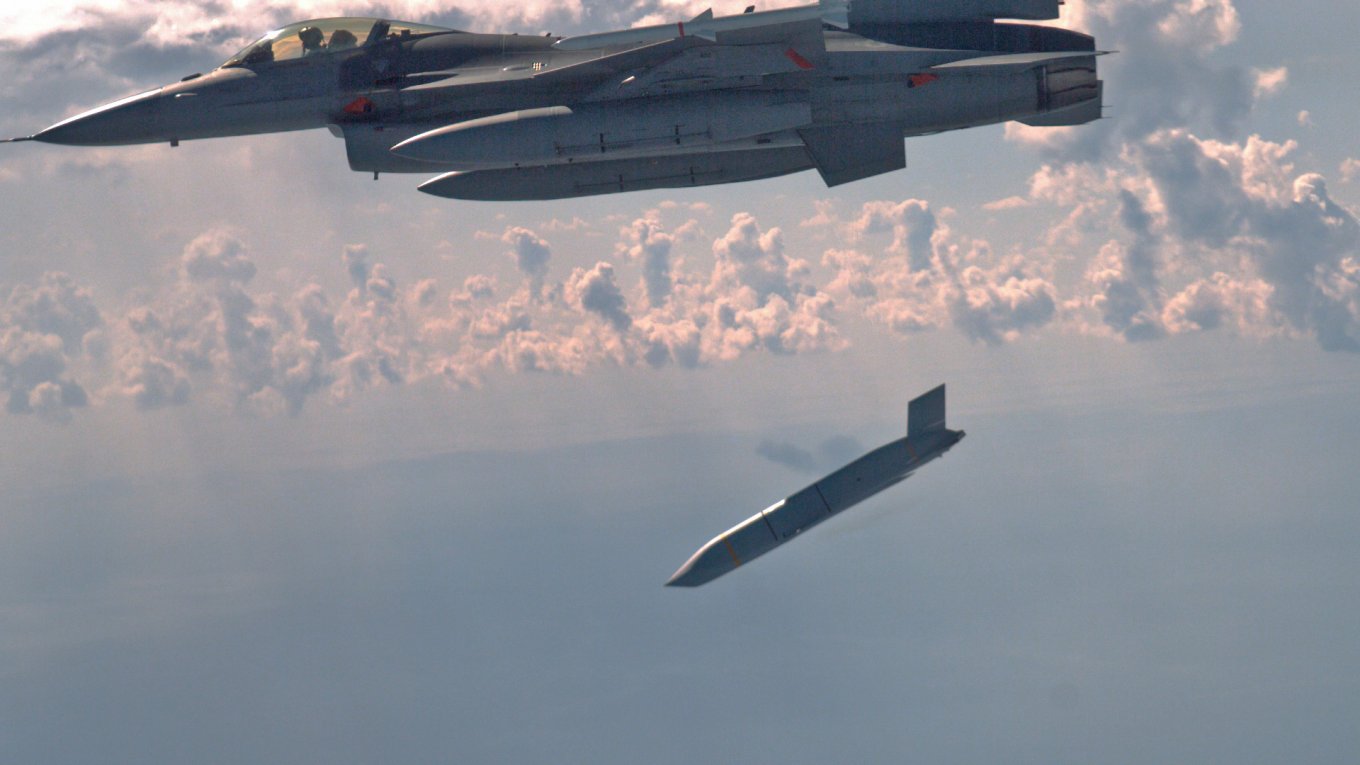
Pricing varies. In early 2024 the Netherlands saw a price of $7.6 million per JASSM-ER (for 120 missiles); Japan reportedly paid about $2 million per unit in 2023. Thus, a hypothetical $500 million could buy roughly 65 JASSM-ER at the higher price or 250 at the lower price.
Integration matters: fielding JASSM-ER may require upgrades to Ukrainian F-16s — an important logistical and technical factor. The US has also developed the Rapid Dragon system, enabling launches of JASSM, JASSM-ER, CMMT and similar missiles from transport aircraft using palletised launch modules, which could ease delivery and launch options.
As Defense Express reported, Ukraine needed to strike twelve key factories with Tomahawks to paralyze missile production in russia. We also wrote on What was the optimal solution to protect the skies of Ukraine and how many Tomahawks it took.
Read more: First Real Photos of the Secretive QuickSink Seeker — Also Meant for ERAM Missiles for Ukraine




